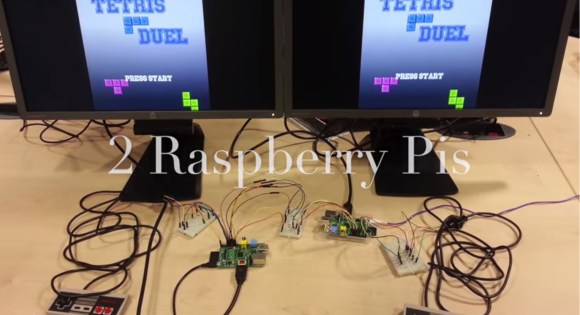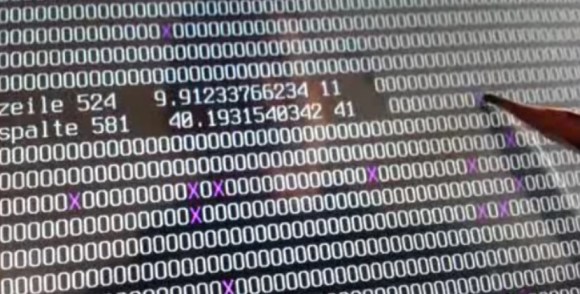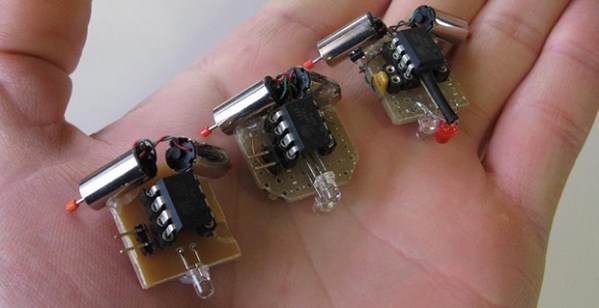
Here’s an interesting project to plot every lightning strike on Earth. Blitzortung is a project that uses many extremely low-cost sensor boards packed with an amplifier, microcontroller, and an Ethernet socket to detect lightning strikes. When multiple stations send all that data up to a server, the location of lightning strikes can be calculated, even if they’re hundreds of miles away from any station.
Each station works by detecting a change in the local EM field caused by a lightning strike with either a large loop antenna or a smaller ferrite core antenna. These signals can be amplified and turned into usable data, time stamped, and sent out on the Internet. From there, it’s a simple time of flight calculation to precisely locate where lightning strikes.
The hardware is actually pretty simple, with based on an STM32F4 Discovery board. A controller includes an Ethernet port, GPS unit, LCD, and all the hardware associated with detecting lightning strikes.
If you’d like to see what’s possible with a huge network of lightning detectors connected to the Internet you can check out LightningMaps for a look at what’s possible.
Thanks [Sean] for sending this in.






 2600: The Hacker Quarterly is the premier (print) infosec publication out there, and depending on who you talk to, the best publication out there that has anything to do with modifying electronics, infiltrating networks, and all the other goodies we post on a daily basis. They’ve also been around for longer than most of our readership, and to lose them would be a terrible loss for anyone who calls themselves a hacker.
2600: The Hacker Quarterly is the premier (print) infosec publication out there, and depending on who you talk to, the best publication out there that has anything to do with modifying electronics, infiltrating networks, and all the other goodies we post on a daily basis. They’ve also been around for longer than most of our readership, and to lose them would be a terrible loss for anyone who calls themselves a hacker.








